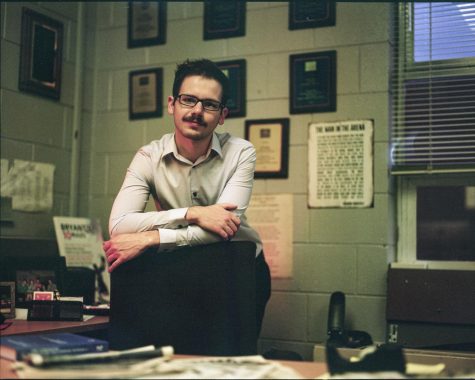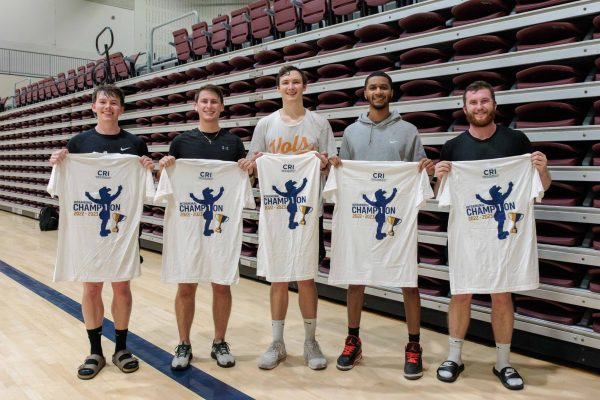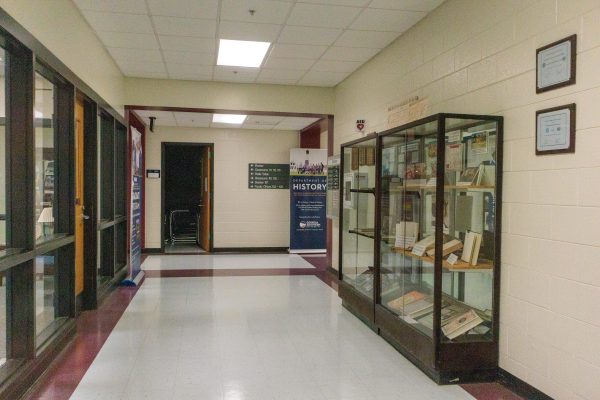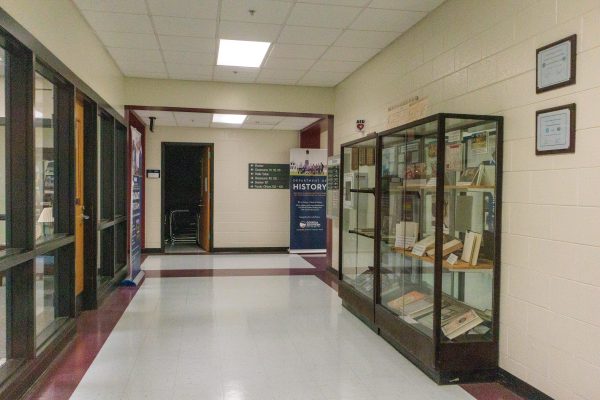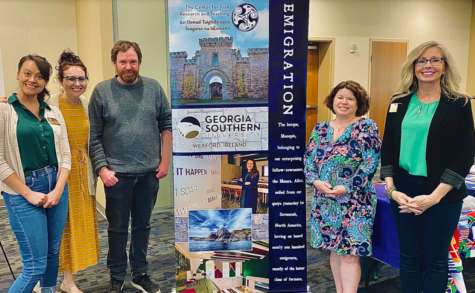Op-Ed: Virtual Learning Remains Inconsistent
Site-Sync and Zoom Sessions Should be Second Nature by now
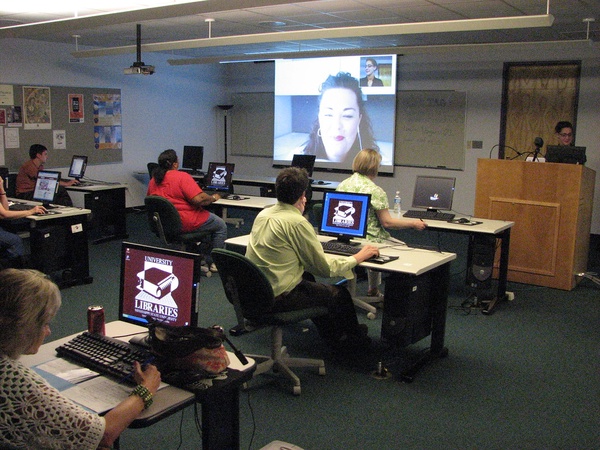
“Avril Cunningham presents ‘Library 2.0 Virtual Learning Spaces: Meebo Rooms vs. Skype Conferencing for Real-Time Online Library Instruction Classes'” by msulibrary1 is licensed under CC BY-NC 2.0
Many aspects of public gatherings have been touch-and-go since the onset of the COVID-19 Pandemic. This new reality has impacted schools and universities in many ways, adding new challenges to classrooms regarding safety and accessibility for all students and faculty.
Despite the reality that universities have had nearly 2 years to refine their approach to these challenges, many aspects of virtual and site-synced learning remain inconsistent at best and unavailable at worst.
One of the few positive byproducts of the pandemic has been the expansion of virtual communication. If and when the pandemic ends, virtual meetings will remain, as it has become obvious that there are certain situations where holding a meeting over Zoom or Google Meet makes more sense than holding it in person.
However, my experience this semester with virtual meetings has been fairly negative. I mainly have issues with site-synced learning and virtual learning registration with the CARES center.
Site-synced learning became fairly common within Georgia Southern even before the pandemic began. The expansion of virtual learning provides students with an opportunity to take classes that the school usually only offers only in Statesboro or Savannah, saving students (and professors as well) a 2 hour round trip that would otherwise be necessary to take the class.
The problem is that, in my experience, tech issues in these environments remain common.
I currently have one site-synced class. There have already been issues with the technology that occurs nearly every session so far, usually involving the professor not being able to see and/or hear the students on the other campus. Sometimes they can see the other students, but these students cannot see the professor or the classroom they are teaching in.
The professor is usually powerless to fix the issues whenever these problems occur. The entire class has to wait for a tech employee to come and resolve the situation.
This process can take over 10 minutes, usually longer, and during a class that only lasts an hour and 15 minutes, this can not only be problematic for that day but the entire week’s worth of lessons.
It’s difficult for me to understand why the school does not empower their professors or students to fix these problems themselves or why there isn’t a speedy, standardized form of communication to resolve these issues when they occur. For example, this is how the beginnings of these problems unfold:
Professor: Armstrong folks, can you hear us?
Armstrong: Yes, we can hear you!
Professor: Armstrong, can you hear us?
Armstrong: Yes! Can you hear us?
Professor: … I don’t think they can hear us.
Armstrong: No! We can hear you! You can’t hear us!
While some professors may have a system to negate these issues, there is no standardized option available. Georgia Southern should facilitate a line of communication, either through Folio or MyGeorgiaSouthern, to allow these problems to be fixed quickly, without as much confusion.
Georgia Southern should also consider training their professors on the technology involved in site-sync so that they do not have to rely on a tech specialist to physically walk to the classroom, get briefed on the situation, and figure out how to solve the problem from scratch.
My other issue is with virtual learning through CARES Center registration. While it is appropriate that only students registered through CARES have access to Zoom sessions (otherwise, many students would simply stay at home and potentially miss out on classroom activities), not every professor has set up their zoom accommodations.
I am currently in quarantine, registered through CARES, and only 1 of my 5 classes has Zoom accommodations set up. When I click the CARES resources link on the other 4 classes’ Folio pages, the page gives me a blank.
These accommodations exist in the first place to keep students on an equal playing field when some inevitably catch COVID and must remain at home to keep their peers safe. While dealing with the symptoms of COVID, I am simultaneously worried about the content and discussions that I will miss, even if professors make their lectures available asynchronously.
The aspect that both of these problems share is a lack of consistency. It would be hard for me to complain if these protocols were consistent on a class-by-class, professor-by-professor basis. But students like me are asked to learn the professor’s way of handling COVID protocols, which is not something that Georgia Southern should be thrilled about, as cohesion is an important aspect of the university’s COVID response.
I am grateful that these services exist because without them, there would be no end to even more novel challenges to education. But it has been two years. There needs to be a nearly perfected, standardized way of educating students virtually.
Otherwise, some students will get left behind, and some won’t, and inequality is something that this publication intends to fight against.
MyGeorgiaSouthern currently offers a link for tutorials


